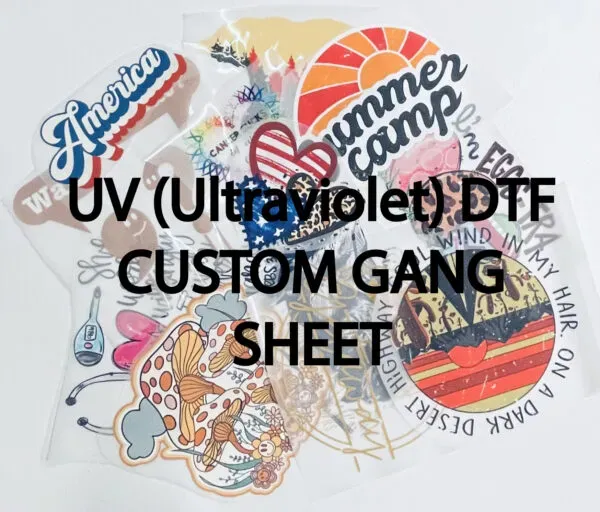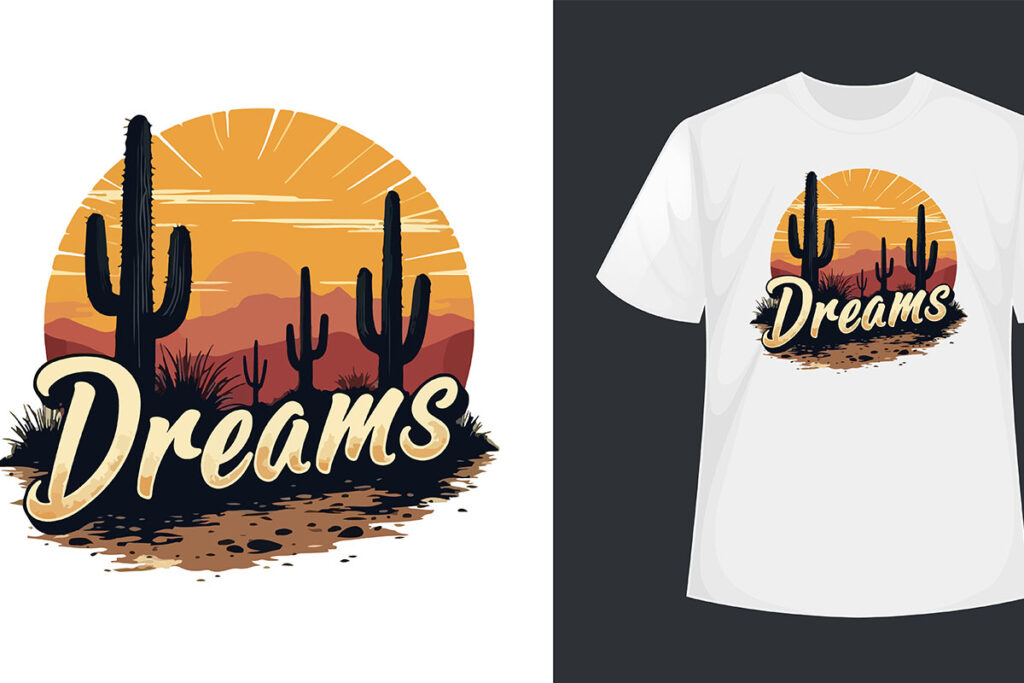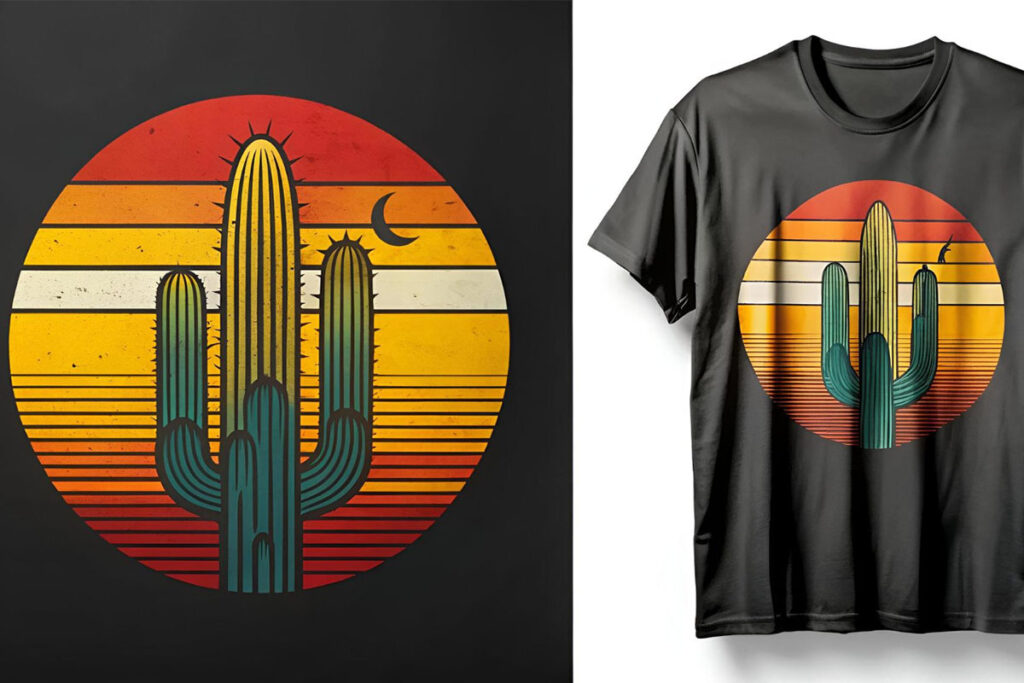In the dynamic world of printing, UV DTF Gangheet stands out as a revolutionary method, providing a seamless integration of creativity and technology. This advanced printing technique utilizes UV Direct to Film technology, allowing for stunning, high-resolution designs to be transferred onto a wide variety of materials with impressive durability. Unlike traditional printing methods, UV DTF printing boasts advantages such as vibrant color outputs and quick turnaround times, making it an appealing choice for businesses aiming to capture consumer interest. As we explore the nuances between UV DTF Gangheet and conventional techniques, it becomes crucial to understand how they differ in terms of cost, durability, and flexibility. This guide will delve deep into the benefits of UV DTF printing while comparing its transformative capabilities against traditional methods.
The exploration of UV DTF printing, also referred to as Direct to Film technology, unveils a realm of possibilities for modern printing needs. This technique revolutionizes the way designs are applied to surfaces, combining speed and quality while ensuring enhanced durability over time. When examining diverse methods of design transfer, it’s essential to consider variances in costs, longevity of prints, and adherence to various substrates. Understanding these competing techniques, including traditional printing, can lead to informed decisions tailored to specific project requirements. As technology continues to advance, comparing the effectiveness of UV DTF against traditional solutions becomes increasingly relevant for businesses and artists alike.
The Rise of UV DTF Gangheet in Modern Printing
UV DTF Gangheet is at the forefront of modern printing techniques, offering remarkable advances in versatility, quality, and efficiency. Unlike traditional methods that are often restricted by the types of materials they can print on, UV DTF printing allows for a broader range of substrates, including fabrics, plastics, and metals. This capability not only facilitates more creative applications but also meets diverse consumer demands for personalized and unique products. As businesses strive to differentiate themselves in a competitive market, the flexibility of UV DTF Gangheet becomes a significant advantage.
Another aspect fueling the popularity of UV DTF Gangheet is its ability to produce vibrant, high-resolution images that are durable over time. The UV curing process allows the inks to bond more effectively to the substrate, resulting in prints that resist fading, scratching, and damage from environmental factors. This durability is particularly appealing to companies looking to create lasting impressions with their products, from promotional materials to bespoke items. As a result, more businesses are transitioning to UV DTF methods to enhance their product offerings and elevate their brand visibility.
Comparing UV DTF and Traditional Printing Techniques
When evaluating UV DTF against traditional printing methods, it’s essential to consider the durability of the final product. UV DTF printing boasts unmatched resistance to wear and tear, due to the instant curing of inks under ultraviolet light, creating a protective layer on the substrate. In contrast, traditional screen printing and digital printing methods may suffer from issues like fading and wear after prolonged exposure to elements. This edge in durability allows businesses utilizing UV DTF to offer longer-lasting products, thus appealing to quality-conscious consumers.
Additionally, the design flexibility provided by UV DTF printing surpasses that of traditional methods. Screen printing, while excellent for bulk orders, requires the creation of separate screens for each design, making it labor-intensive for small runs or custom designs. On the other hand, UV DTF streamlines the printing process by accommodating detailed and colorful prints without needing excessive setup time. This adaptability not only enhances operational efficiency but also empowers businesses to cater to specific market niches and on-demand requests with ease.
Cost Efficiency in UV DTF Printing
Cost is a critical factor when choosing a printing method, particularly for small businesses or startups. Traditional printing techniques such as screen or offset printing typically incur higher initial setup costs due to equipment and labor involved in preparing large batches. However, UV DTF printing diversifies these cost structures by allowing for lower setup fees and quicker turnarounds, making it a cost-effective choice for smaller runs and custom orders. This ability to produce high-quality prints without breaking the bank makes UV DTF increasingly attractive to businesses aiming to minimize overhead while maximizing quality.
Moreover, the rapid turnaround times associated with UV DTF printing mean that businesses can respond more swiftly to market demands or seasonal trends without financial strain. Unlike traditional methods, which may require longer lead times for production, UV DTF technology enables on-demand printing where clients can place smaller orders that are produced quickly. This flexibility not only enhances customer satisfaction but also allows businesses to keep inventory costs low, an essential consideration in today’s dynamic market environment.
Durability of UV DTF Prints Compared to Traditional Methods
The durability of prints is a significant determinant for businesses when selecting a printing technique. UV DTF printing stands out due to its fast-curing inks that harden immediately upon exposure to UV light, resulting in a robust finish that resists fading, scratching, and chipping. This durability is vital for products subjected to various environmental conditions, from outdoor signage to apparel. In comparison, many traditional printing methods, like digital printing, often struggle to offer similar longevity, especially with intensive use or exposure.
Furthermore, UV DTF prints maintain their color vibrancy over time far better than conventional prints. For brands that prioritize quality and longevity in their products, the UV DTF method not only enhances their reputation but also provides customers with reliable, long-lasting items. This advantage plays a crucial role in building brand loyalty, as consumers are more likely to return to brands that deliver durable products. As such, the choice of UV DTF is increasingly viewed as a strategic move for businesses aiming to uphold quality standards and customer expectations.
The Versatility of UV DTF Printing
One of the most compelling features of UV DTF printing is its remarkable versatility across various substrates. From textiles to ceramics, UV DTF can adapt to an extensive range of materials, setting it apart from more conventional methods that often focus on specific surfaces. This flexibility not only expands the types of products available for businesses to create but also increases the potential for innovative, custom solutions tailored to consumer needs. As brands seek to differentiate their offerings, UV DTF’s capability to print on multiple surfaces without sacrificing quality becomes a significant asset.
Moreover, this versatility allows for creative design opportunities that can enhance marketing strategies. Businesses using UV DTF can experiment with diverse products—anything from promotional apparel to personalized gifts—enabling them to cater to unique customer preferences. As a result, UV DTF printing fosters an environment where creativity meets practicality, allowing businesses to explore new markets without the constraints imposed by traditional printing limitations.
Recent Advancements in UV DTF Technology
As the printing industry continues to evolve, recent advancements in UV DTF technology have enhanced its reliability and effectiveness. Innovations in UV ink formulations have improved adhesion properties, allowing for better bonding to various substrates, which broadens the scope of applications even further. Consequently, businesses can rely on UV DTF printing for diverse needs without worrying about ink performance or finish quality, making it an increasingly dependable choice.
Additionally, with the enhancement of printing speeds and efficiencies, UV DTF technology adapts well to the fast-paced market demands for quick service and customization. For businesses seeking to capitalize on trends or respond rapidly to customer requests, these advancements in UV DTF ensure they can meet customer needs without compromising on quality or lead times. As these technologies progress, the gap between traditional methods and UV DTF is closing, solidifying its place as an essential printing solution in today’s market.
Frequently Asked Questions
What are the key advantages of UV DTF Gangheet compared to traditional printing methods?
UV DTF Gangheet offers several key advantages over traditional printing methods, including vibrant color output, increased durability, and versatility in material application. Unlike traditional methods such as screen printing, which may struggle with intricate designs, UV DTF allows for high-quality, detailed prints on a wide range of substrates such as fabric, metal, wood, and glass.
How does the cost of UV DTF printing compare to traditional printing techniques?
The cost of UV DTF printing is generally more economical for smaller runs due to lower setup costs and faster production times. While traditional printing methods may be more cost-effective for large volume orders, UV DTF provides flexibility for custom orders without incurring high setup fees, making it a financially viable option for businesses looking for quality in smaller quantities.
What makes UV DTF Gangheet prints more durable than traditional printing?
UV DTF Gangheet prints are more durable due to the UV curing process that hardens the ink almost instantly, resulting in a tough, resilient finish resistant to fading, scratching, and environmental factors. In contrast, traditional printing methods, such as digital or screen printing, may face challenges in longevity and can degrade over time under wear.
Can UV DTF Gangheet be used on different materials, unlike traditional printing methods?
Yes, one of the major advantages of UV DTF Gangheet is its ability to print on a wide variety of materials, including textiles, glass, metal, and wood. This flexibility contrasts with many traditional printing methods, which are often limited to specific surfaces, like screen printing primarily suited for fabrics.
What sets UV DTF printing advantages apart from other printing methods?
UV DTF printing advantages stand out due to its quick curing times, allowing for faster production and delivery. It also excels in printing vibrant colors and intricate designs without the need for extensive setup like traditional methods. This makes UV DTF a preferred choice for businesses requiring high-quality, rapid turnarounds for custom prints.
Is UV DTF Gangheet a better choice for customized printing compared to traditional methods?
Yes, UV DTF Gangheet is often the better choice for customized printing. Its design flexibility allows for easy alterations without needing new screens, as required in traditional screen printing. This efficiency is combined with quick curing times, making it ideal for businesses focusing on personalized, intricate products.
| Criteria | UV DTF Gangheet | Traditional Printing |
|---|---|---|
| Durability | Highly durable with quick UV curing that prevents fading and damage. | Durability varies; may fade or be damaged over time, especially with digital variants. |
| Design Flexibility | Allows intricate and detailed prints without custom screens. | Limited flexibility; new screens required for each design modification, making it labor-intensive. |
| Application Range | Can print on diverse materials including fabrics, glass, wood, and metals. | Often restricted to specific surfaces; works best with textiles or porous materials. |
| Cost Efficiency | Economical for small quantities due to lower setup costs and quick turnaround. | More cost-effective for bulk orders due to widespread setup costs. |
Summary
UV DTF Gangheet has emerged as a leading printing technology that offers significant advantages over traditional techniques. It presents a robust method for applying intricate designs rapidly onto a variety of materials, making it exceptionally versatile for modern printing needs. With its durable output, quick turnaround times, and ability to accommodate a range of substrates, UV DTF Gangheet is suited for businesses focused on customization and quality. This innovative approach is reshaping the printing landscape, making it an attractive choice for artists and companies looking to stand out in a competitive market.



